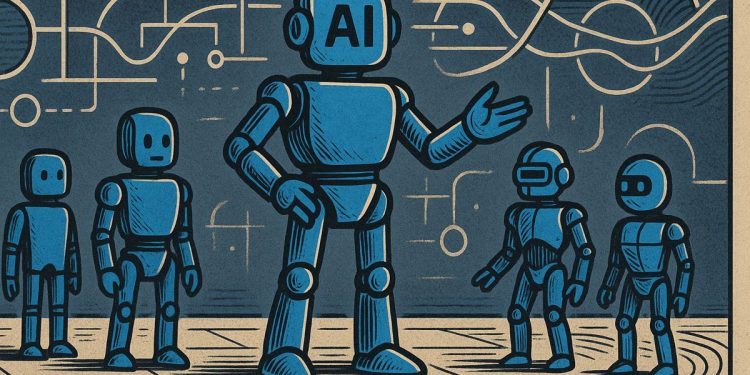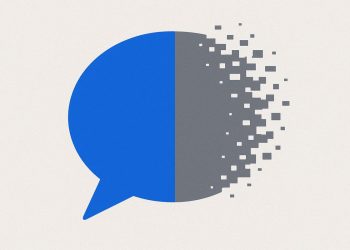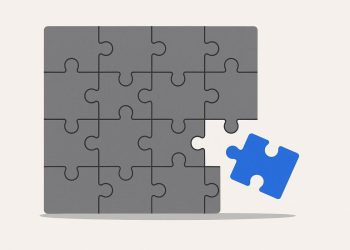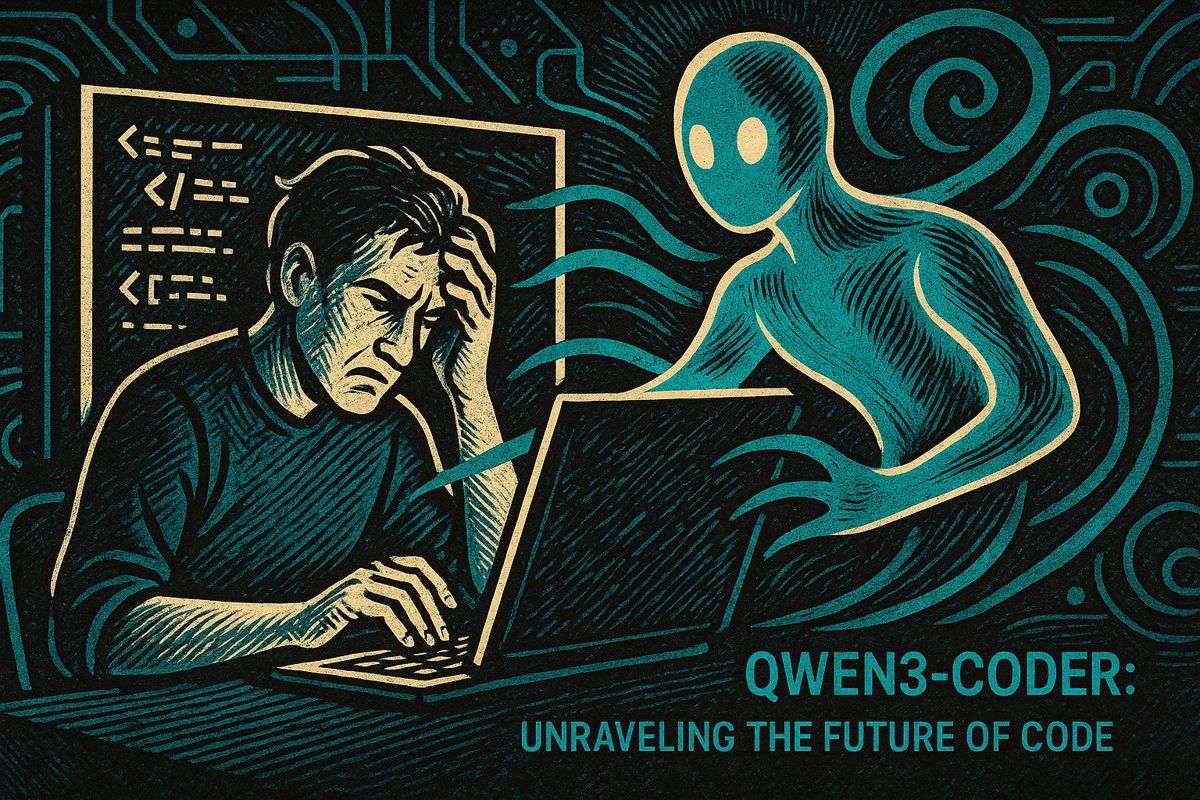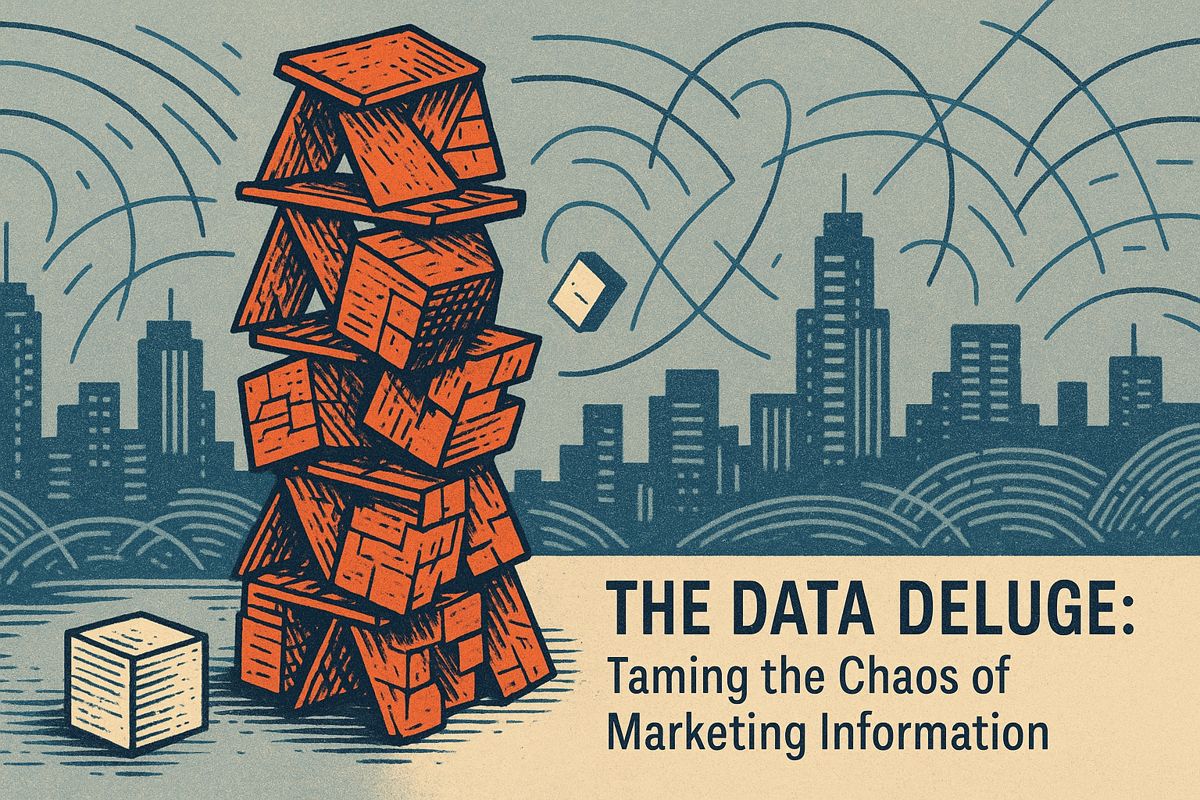Enterprises started using Claude’s multi-agent AI more in 2025, seeing big boosts in research accuracy and task automation. But challenges like high costs, errors spreading between agents, and tricky software connections still cause problems. Businesses are fighting back by adding spending limits, rolling out updates slowly, and making agents talk better to each other. For these AI agents to work well, companies need new rules to control spending and make sure mistakes are caught fast. Overall, Claude’s agents help a lot, but they need careful management, like new employees learning the ropes.
What are the main challenges enterprises face in adopting Claude’s multi-agent AI architecture?
Enterprises using Claude’s multi-agent AI in 2025 see improved research accuracy and task automation, but major challenges remain: high token costs, error propagation, and complex integration needs. Firms address these with cost guardrails, staggered deployments, and enhanced agent communication and governance strategies.
Business adoption of Anthropic’s Claude multi-agent architecture has moved from proof-of-concept to production at several Fortune-500 organizations during 2025, yet formidable hurdles around reliability, cost, and orchestration governance still dominate executive briefings.
What changed in 2025
In June Anthropic published the technical blueprint behind its multi-agent research system that now powers Claude.
The headline numbers:
– 90 % higher accuracy on breadth-first research tasks versus single-agent setups
– 15× * increase in token consumption compared to a standard chat session
– 50–70 %* of digital operations inside Accenture pilot teams are now delegated to autonomous agents (up from <10 % in 2024)
The architecture works like a temporary staffing agency: a lead agent plans the job, spawns context-isolated sub-agents, then merges their work into one annotated deliverable. This solved the “isolation problem” early users noticed – agents can finally see each other’s outputs without exposing internal prompts.
Where the pain still lives
| Challenge | Real-world symptom | CFO impact |
|---|---|---|
| Token inflation | One complex query can burn 2–3 USD in API credits | Annual run-rate forecasts miss by 40 % |
| Error propagation | A single malformed API call forces 8 downstream retries | SLA breaches rise 12 % quarter-over-quarter |
| Integration debt | Average enterprise needs 8+ data connectors per agent | iPaaS upgrades cost 2–5 M USD per firm |
A January 2025 survey of 218 enterprises found 48 % of integration platforms “only somewhat ready” for agent-level data loads, pushing 86 % of firms to green-light tech-stack refreshes this year (source).
How leaders are solving it now
- Rainbow deployments: Anthropic staggers agent updates so only 5 % of workflows see new code at once – cutting rollback incidents by 27 %.
- Dynamic communication domains: New IETF drafts (July 2025) let agents form short-lived secure groups, delegate tasks, then disband – addressing the long-standing “no real-time inter-agent command” limitation (draft spec).
- Cost guardrails: Firms like Stripe cap agent token spend per workflow; any spike triggers human review rather than automatic retry loops.
Tactical checklist for 2026 planning
- Budget two cost lines: LLM tokens (15× higher) + observability stack (monitoring + replay).
- Require checkpointing: each agent must save state every 60 seconds to simplify failure replay.
- Pilot only parallelizable, high-value tasks – linear approvals still outperform agents on cost per outcome.
Bottom line: Claude’s multi-agent toolkit is ready for prime time, but only when paired with new governance playbooks that treat agents like junior employees who need clear budgets, small blast radius, and constant supervision.
What makes Claude multi-agent systems unique compared to single-agent AI?
Claude’s new architecture replaces the classic “one big model” approach with a lead agent that spawns many specialist sub-agents. Internal tests at Anthropic showed this delivers up to 90 % higher accuracy on breadth-first research tasks, because each sub-agent concentrates on a narrow slice of the problem in parallel. The lead agent then fuses the parallel outputs into one coherent answer, complete with citations.
Why are enterprises concerned about token costs when scaling multi-agent systems?
Every specialist agent runs in a separate context window, so the total prompt volume grows quickly. Benchmarks published by Anthropic reveal token usage can jump by 10-15× versus a single-agent chat. At 2025 list prices that turns a $0.02 query into a $0.30 query, which means teams must reserve multi-agent mode for high-value, highly parallelizable tasks such as market-intelligence deep dives or complex compliance checks.
Which reliability issues appear most often in early production deployments?
- Cascade failures: if one sub-agent times out or hallucinates, the lead agent may synthesize a flawed final answer.
- Emergent drift: small changes in one agent’s prompt can ripple across the whole workflow and create non-deterministic output.
- Observability gaps: debugging 8–10 parallel agents is harder than tracing a single call. Anthropic now uses rainbow deployments (staggered agent updates) and checkpoints to limit blast radius.
What integration hurdles do IT teams report when connecting Claude agents to corporate data?
A January 2025 survey of 164 large enterprises found:
| Hurdle | % of respondents |
|---|---|
| Need to connect 8+ data sources | 62 % |
| Security & governance worries | 53 % (leadership), 62 % (practitioners) |
| Tech-stack upgrades required | 86 % |
| iPaaS “not ready” for agent data loads | 48 % |
Solutions include unified integration platforms, phased pilot programs, and human-in-the-loop checkpoints before full rollout.
When will real-time agent-to-agent communication arrive?
Today, agents cannot issue commands to other agents or hold real-time conversations. Road-maps shared at the July 2025 IETF draft session point to secure digital-identity protocols and dynamic collaboration domains by late 2026, enabling agents from separate teams or vendors to form on-the-fly task groups. Until then, human orchestration remains essential for chaining agent outputs.

